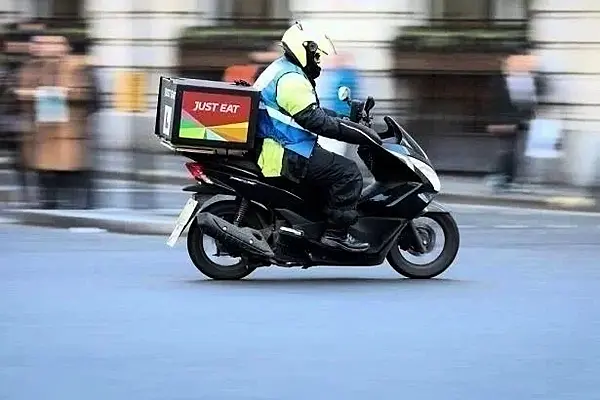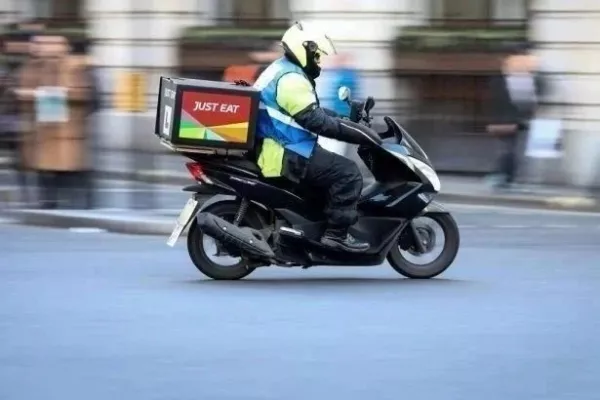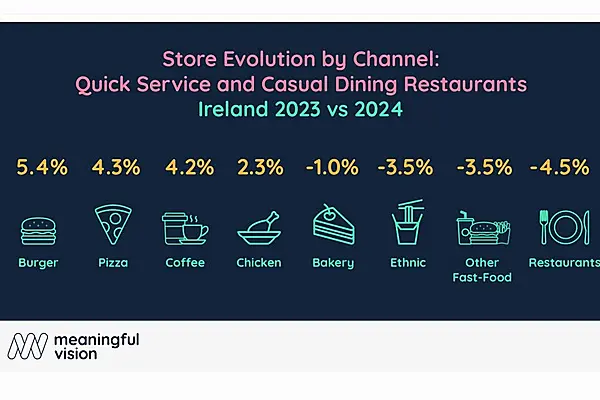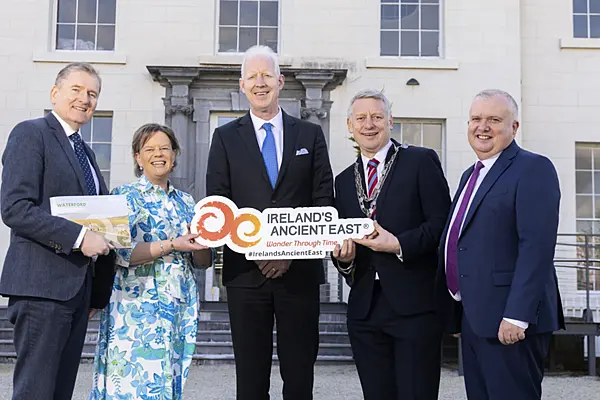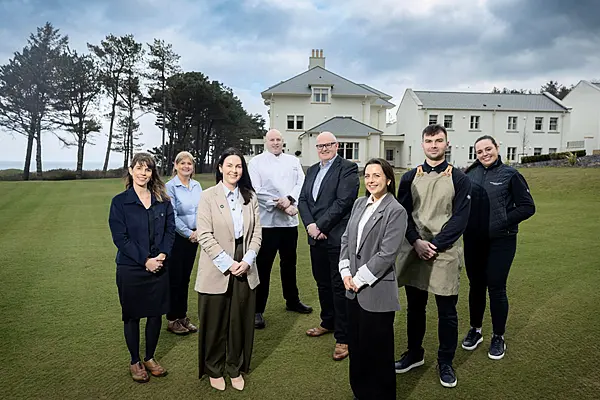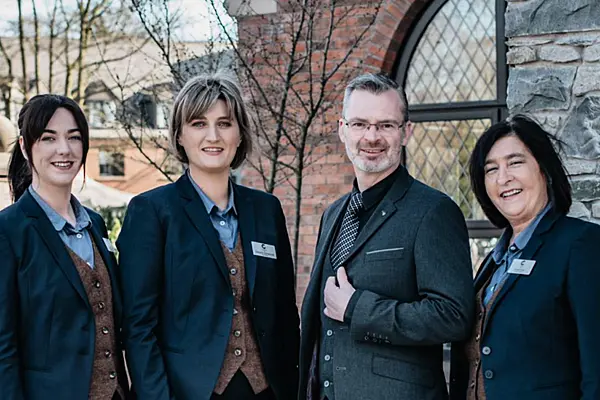Vertical Aerospace and Embraer's Eve have gained more customers for their Jetsons-like visions for urban air mobility at the Singapore Airshow, but they face steep regulatory and social acceptance hurdles to make the dream a reality.
Other industry challenges include battery technology improvements, a shortage of pilots and the need to drive down costs so the vehicles serve as more than just a quieter helicopter replacement for the ultra-wealthy, according to analysts.
Well-established aviation and automotive industry players like Boeing BA.N, Embraer, Airbus AIR.PA, United Airlines UAL.O, Toyota Motor Corp 7203.T and Stellantis STLA.MI are among the companies pouring money into the nascent electric vertical takeoff and landing vehicle (eVTOL) sector despite the challenges.
"There are many sceptics out there. But there were many sceptics out there 20 years ago when we launched our airline with just two planes," Tony Fernandes, chief executive of AirAsia parent Capital A CAPI.KL said of the sector after the budget airline last month agreed to lease more than 100 Vertical Aerospace M00.F VX4 eVTOLs from Avolon.
Morgan Stanley analysts last year estimated the potential market for eVTOLs could be worth $1 trillion by 2040, assuming favourable regulatory outcomes.
But they said regulatory risks were one of the most underestimated for the sector given strict safety requirements, especially for operating in dense urban environments, as well as noise and pollution concerns.
Pilots In Demand
Most of the planned vehicles will also need pilots, at least until pilotless operations become widespread, adding to training burdens and costs.
"The pilot is something that you've got to have at the start. You need to get people used to flying on a vehicle first before you take the pilot out of the equation," said Alan Lim, engagement manager at Alton Aviation Consultancy.
Boeing-backed Wisk Aero, however, plans to be wholly pilotless even if it means a later entry into service.
Consulting firm McKinsey in 2020 estimated eVTOLs would need 60,000 pilots by 2028, based on their launch plans, equating to 17% of all commercial pilots in 2018 - a steep challenge.
Industry players say eVTOLs, which carry only a few passengers per pilot, are likely to prove a training ground for aviators before they progress to larger aircraft.
"(AirAsia) is going to be able to offer the pilots a career which says you start in the VX4, and you end up being a captain in the A320. And how attractive is that?" said Avolon chief executive Domhnal Slattery, who is also the chairman of Vertical Aerospace.
Quieter Than Helicopters
Embraer EMBR3.SA subsidiary Eve added up to 90 non-binding eVTOL orders from Australian helicopter operators at the Singapore Airshow, growing its order pipeline to more than 1,800 vehicles due to be delivered from 2026.
Eve Co-CEO Andre Stein said a major focus for his company was alleviating noise concerns. Its eVTOL is up to 90% quieter than a helicopter, in part because it flies more like an airplane after take-off.
"Helicopters are noisy and burn fuel, and they cost a lot," he told Reuters in an interview. "There are noise complaints. Here you are reversing that. You are talking about another type of service... that helps with regulatory authorities."
While developers and operators have big ambitions for thousands of eVTOLs to be flying around the world once the first vehicles are certified, the more likely scenario is for a slow ramp up period lasting until around the end of the decade before they become widespread, Alton's Lim said.
"They are not going to jump straight into the Uber kind of scale until the public gets on board with it," he added.
AirAsia To Lease At Least 100 Flying Taxis To Launch Air Ridesharing Service
The above news followed news that AirAsia Aviation Group has unveiled plans for a low-cost air ridesharing service in Southeast Asia after signing a non-binding deal with lessor Avolon for at least 100 Vertical Aerospace M00.F VX4 electric vehicles.
Tony Fernandes, chief executive of AirAsia parent Capital A CAPI.KL, said flights could start by 2025, with regulators in Malaysia and Singapore likely to approve operations far more quickly than in Indonesia, Thailand and the Philippines.
He said the air ridesharing services would be bookable through AirAsia's mobile app and offered at an accessible price point, just as the budget carrier had done for its regular flights.
"We don't want this to be an exclusive product," Fernandes told reporters. "We want everyone to be able to use this product."
Avolon ordered 500 VX4 aircraft from Vertical Aerospace last year and has since placed 90% with AirAsia, Japan Airlines 9201.T and Brazil's Gol GOL.N and Grupo Comporte.
The four-passenger, one-pilot VX4 is expected to have a range of more than 100 miles (160 km) and is one of a growing number of entrants in the electric vertical take-off and landing (eVTOL) sector.
Avolon CEO Domhnal Slattery, who is also the chairman of Vertical Aerospace, said the first VX4 test flights would start in April.
News by Reuters, edited by Hospitality Ireland. Click subscribe to sign up for the Hospitality Ireland print edition.



